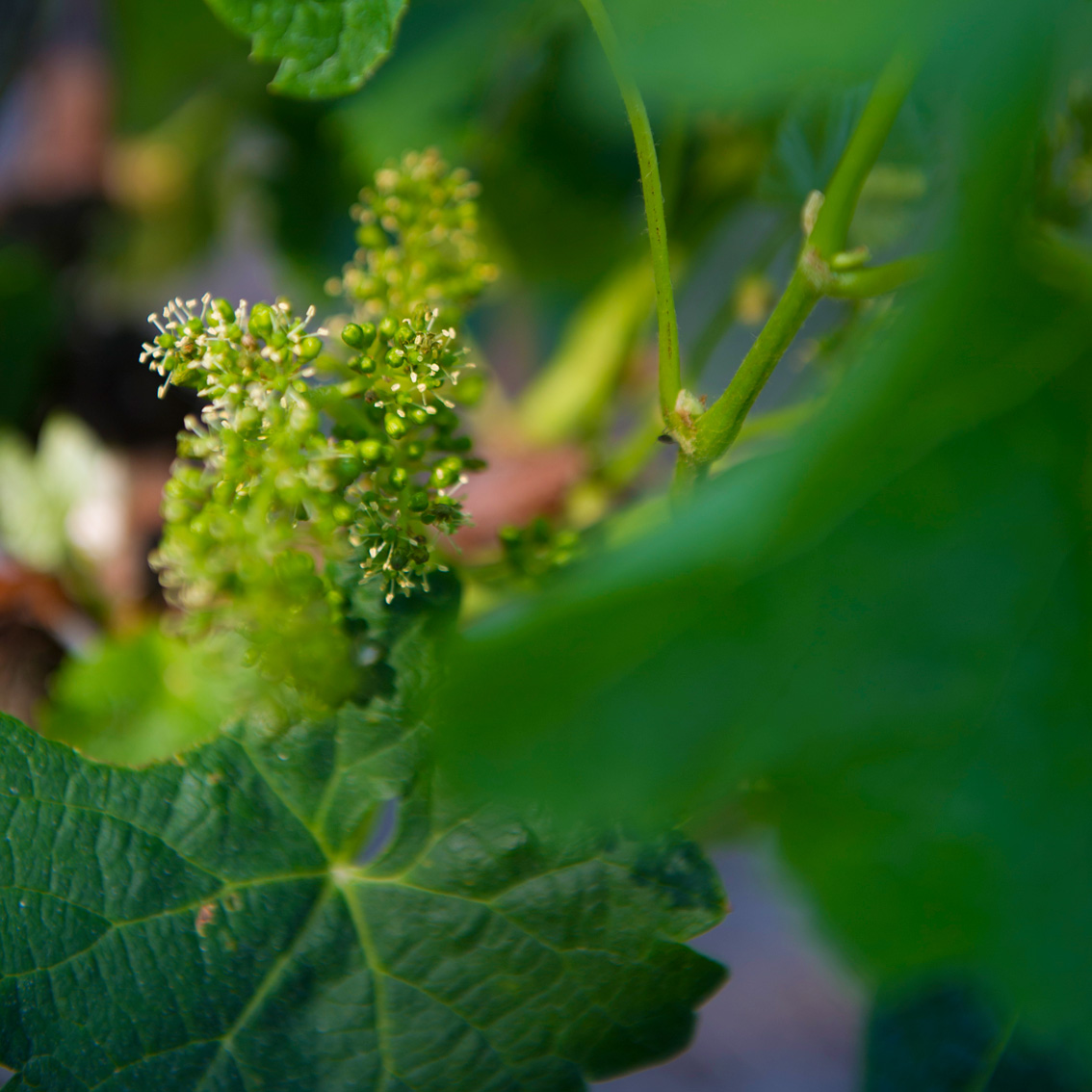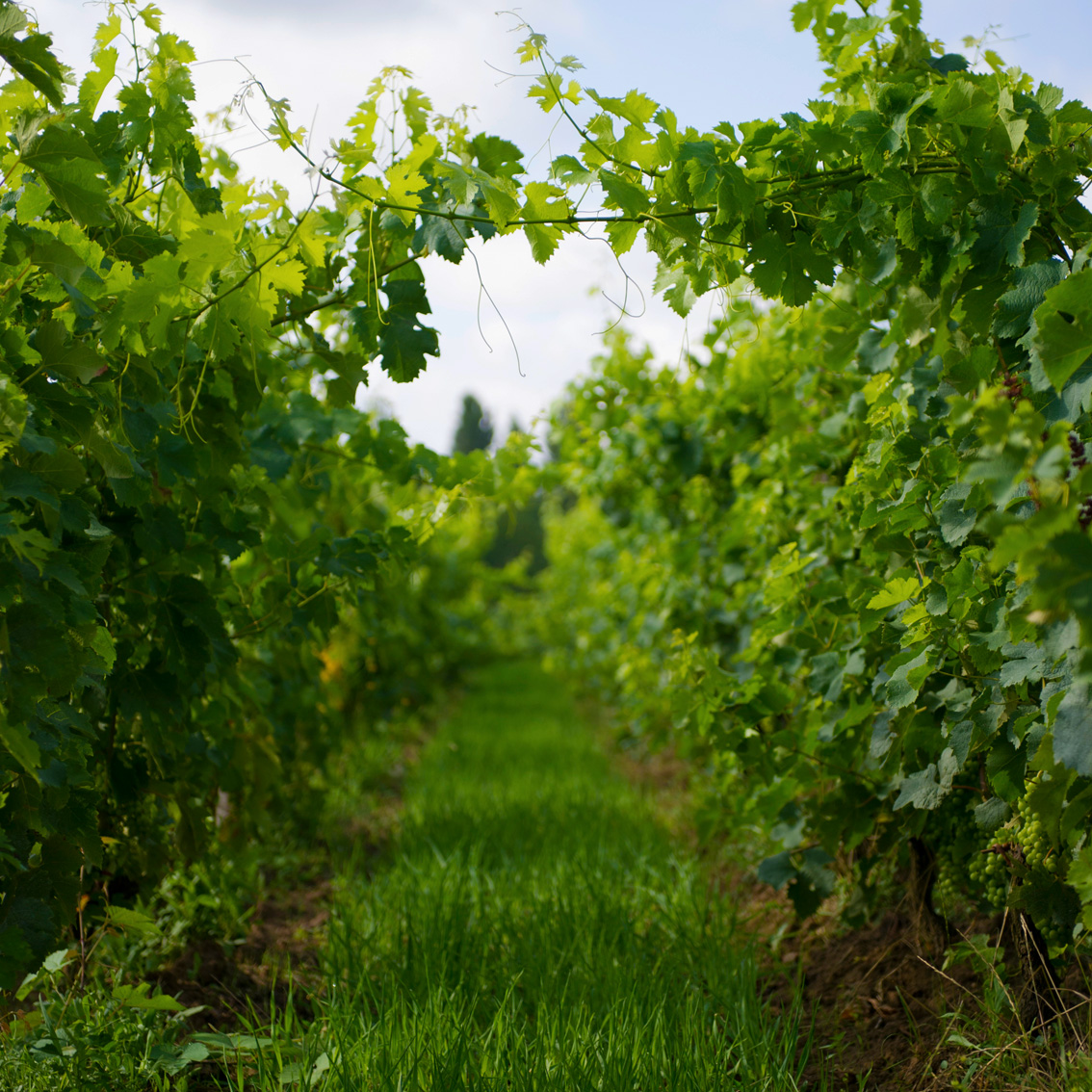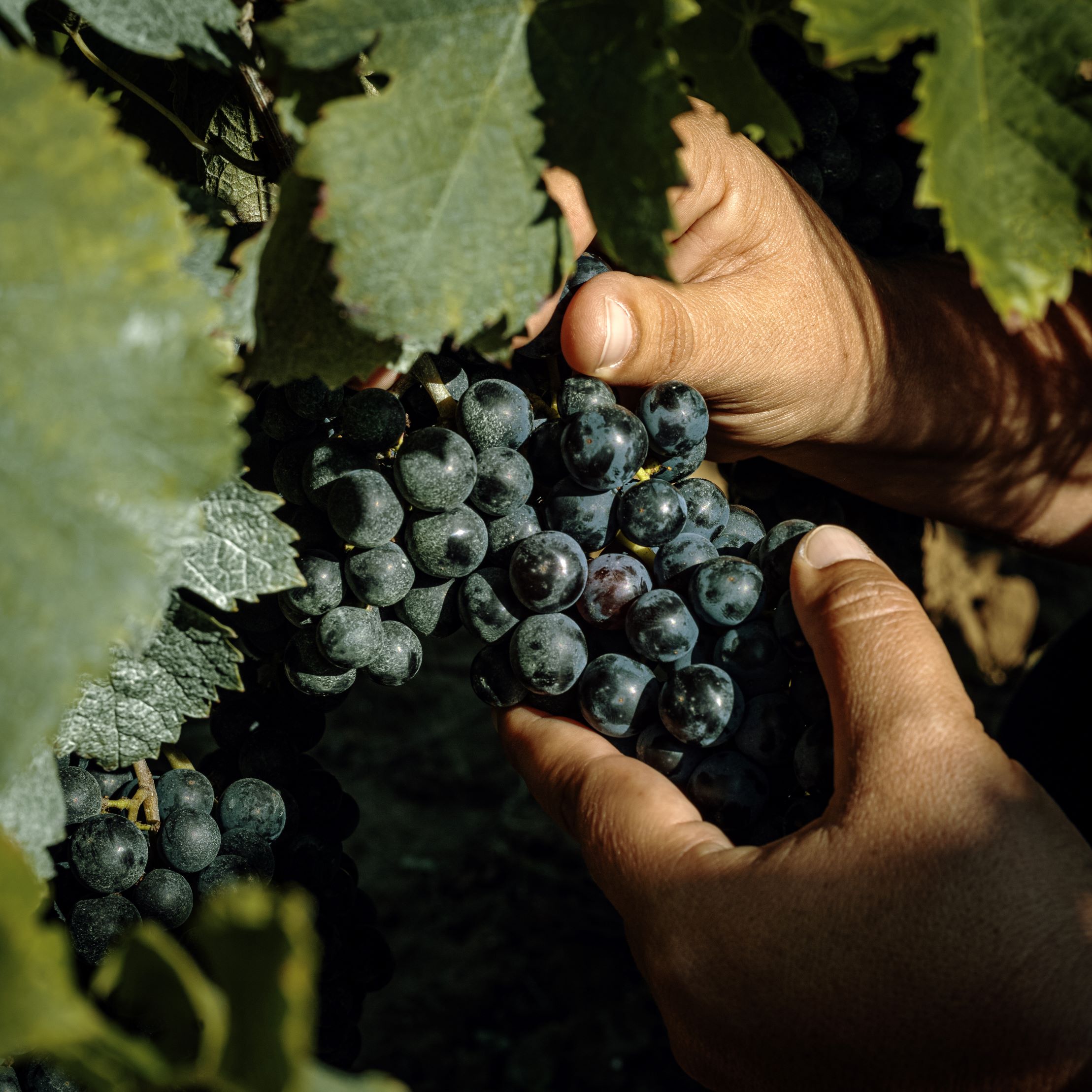Consultancy
There is no other method than one that succeeds in complying with the demands of a terroir to express all its fundamental characteristics.From pruning the vine to gathering the harvest, observations lead to evaluating the condition of the vine as a living organism to conduct as wisely as possible an overall vine growing strategy.

“Wines must express the characteristic features that are specific to the place where they are grown. The aim of our involvement is to constantly seek an ideal agronomic balance between the soil and the vine, which guarantees the plant’s well-balanced growth and therefore its ability to ripen fruits”, Stéphane Derenoncourt points out.
Since the time it was established, Derenoncourt Consultants has developed an approach that perceives every living element involved in wine; it is poles apart from a cold scientific procedure.
To create a wine whose identity will be exceptional, the company follows the same principles carefully mulled over by its founder. Over the years and with growing success, Stéphane Derenoncourt has indeed imposed a new, complex, gentle, natural method.
“Only this fragile balance offers the vine the possibility of revealing the individual expression of soils. Grapes then express in an astonishing way the abundance and diversity of the terroirs from which they originate. This same abundance and diversity is found in the mark left by each vintage and is enhanced by the work of winegrowers.”
The method developed and then passed on to its clients by Derenoncourt Consultants places common sense, observation, free interpretation of the character of nature, as well as taste at the heart of this process.
Intuition and practical experience take precedence over pure scientific analysis, although this is still essential. All the way through the vine’s growth cycle, the role of Derenoncourt Consultants is to set up adapted viticultural methods which respect natural balances. This is to ensure the well-being of the soil and the finely balanced development of the vine’s growth cycles. To achieve this, the international production team recommends growing methods adapted to each situation.
Julien Lavenu, associate at Derenoncourt Consultants.
Combining observations and experiences of different terroirs led Derenoncourt Consultants to borrowing the plot system method used for Burgundy winegrowing.
Bordeaux wine tradition is based essentially on the culture of blending. The plot system consists of dealing with a wine estate rather like a puzzle, where each plot can be considered as a piece of the jigsaw. First, a map must be drawn up for properties, to list in an order of hierarchy the soil types which will determine the wine’s identity. So, a clayey soil in one plot will give a powerful wine, whereas a soil in a nearby plot will perhaps contain more limestone and will give a light wine with floral hints.
Derenoncourt Consultants studies each batch of wine from each plot one by one, according to its characteristics and potential, then refines and works on them. Finally, at the end of the maturation period the batches are blended. The result obtained is then a wine with creative structure, full of elegance and distinct identity.


Tasting the skins of grapes is a real decision-making tool of reference to be able to decide with great precision the ideal date for harvesting and also choose the blends of plot areas to be made once the grapes arrive at the vat house.
The pulp is important too. Not only is it a reliable indication of the grape’s freshness, it’s also an invaluable indicator of aromas.
When the team tastes grape berries, they explain this age-old method they use in countless vineyards throughout the ripening period: “It’s arduous work. For a month and a half, we walk for kilometres on end, between rows of vines, as we eat tons of grapes! But the result is that this tasting provides perfect precision and irreplaceable information about the future wines.”
This way of understanding the future quality of harvests also guarantees the precision required to reveal the very finest expression of each terroir’s potential.